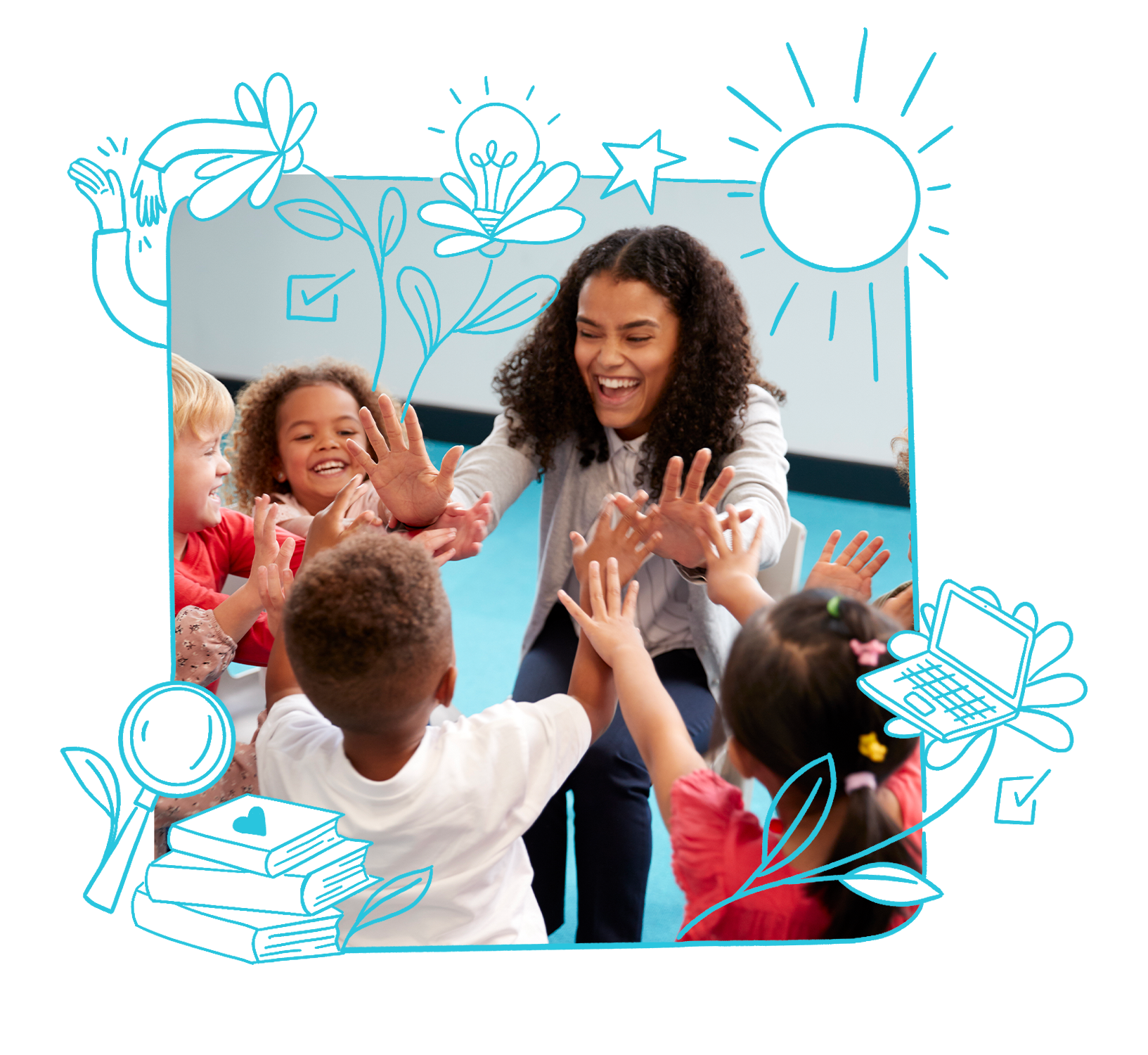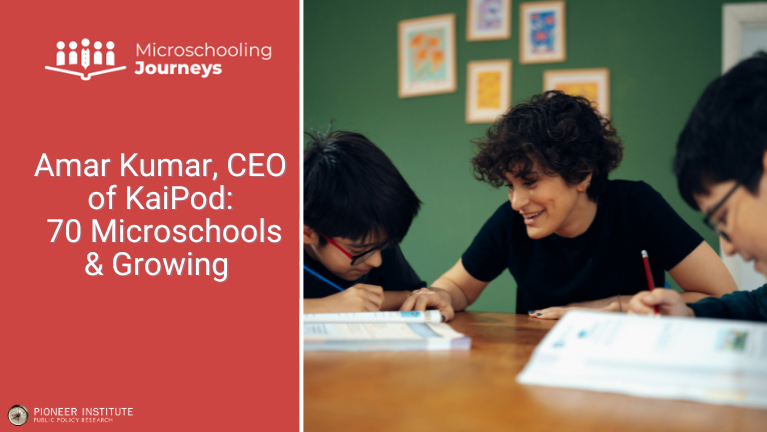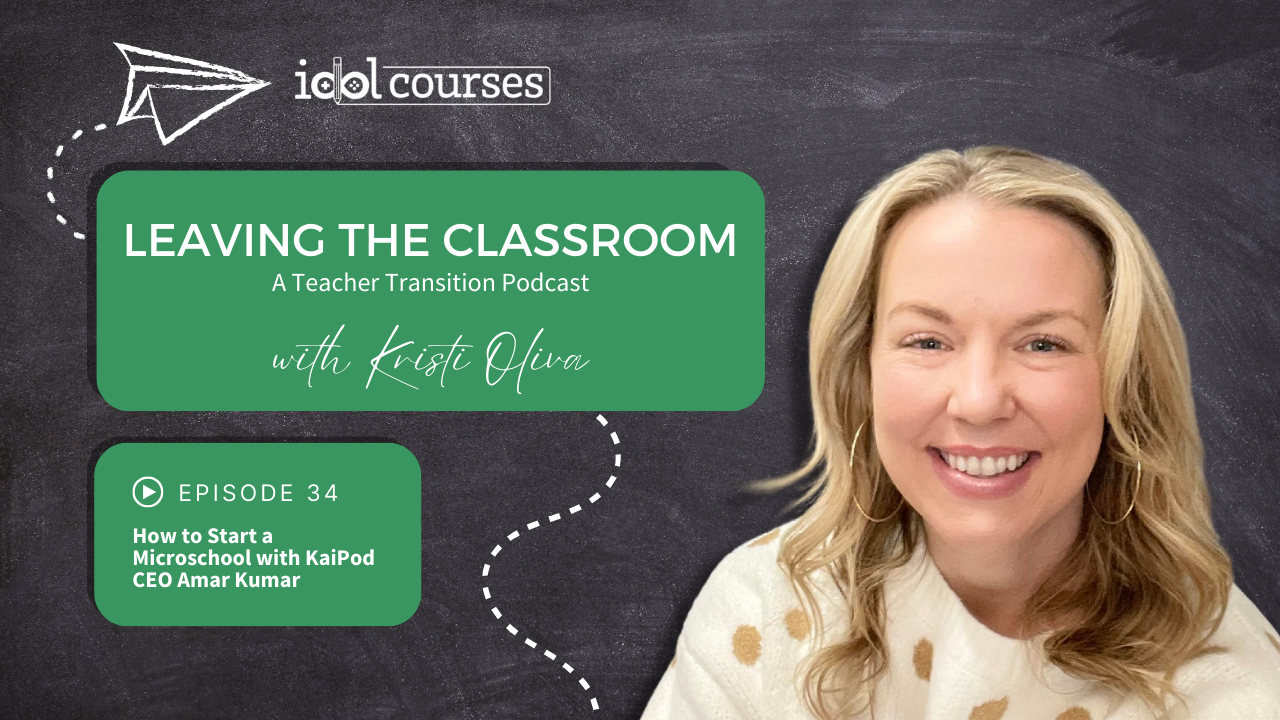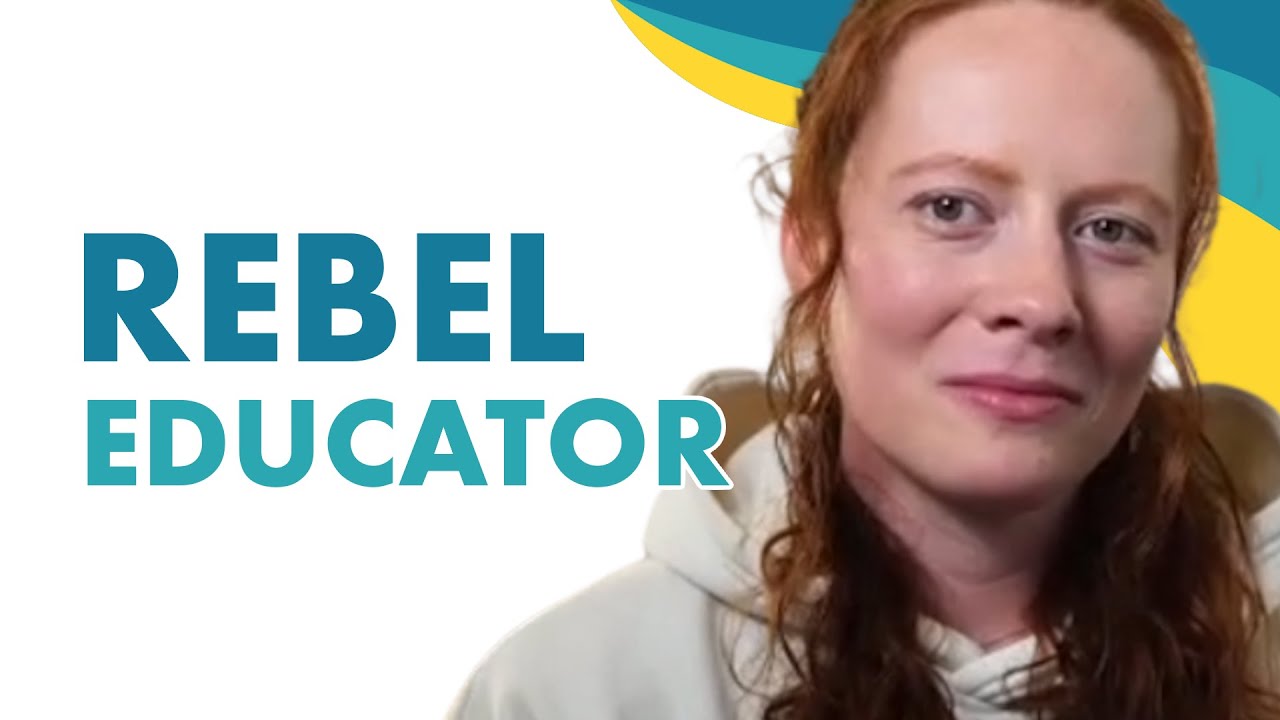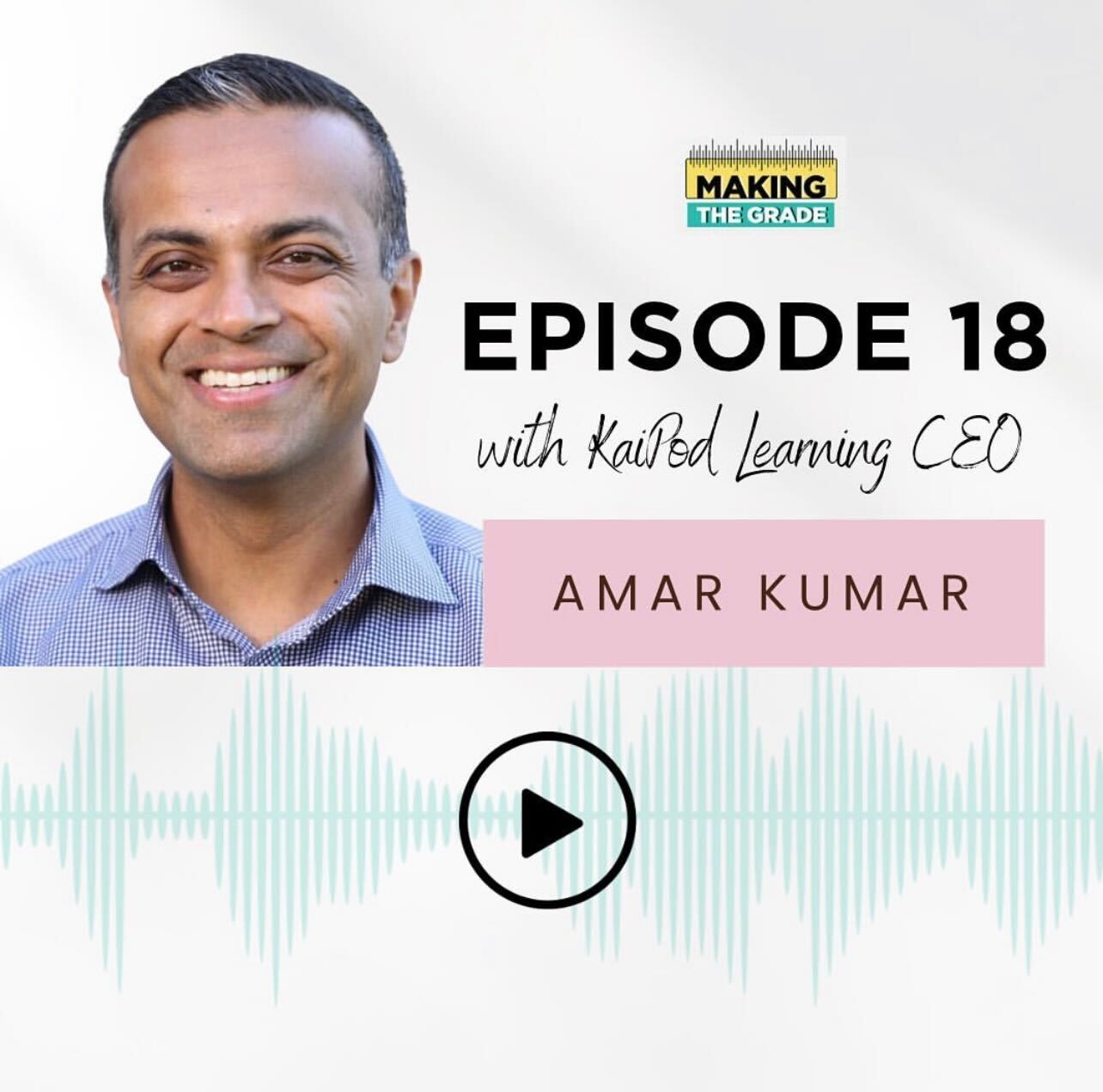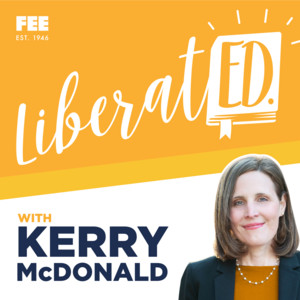About Microschools
What is a Microschool?
Microschools combine elements of homeschooling and traditional education, creating a unique experience that draws from the strengths of both approaches.
Often described as a modern version of the one-room schoolhouse, microschools bring together learners of different ages in a collaborative small group setting. Many offer hybrid school options with flexible schedules and customized curriculum that support each family’s needs.
About Microschools
What is a Microschool?
Microschools combine elements of homeschooling and traditional education, creating a unique experience that draws from the strengths of both approaches.
Often described as a modern version of the one-room schoolhouse, microschools bring together learners of different ages in a collaborative small group setting. Many offer hybrid school options with flexible schedules and customized curriculum that support each family’s needs.
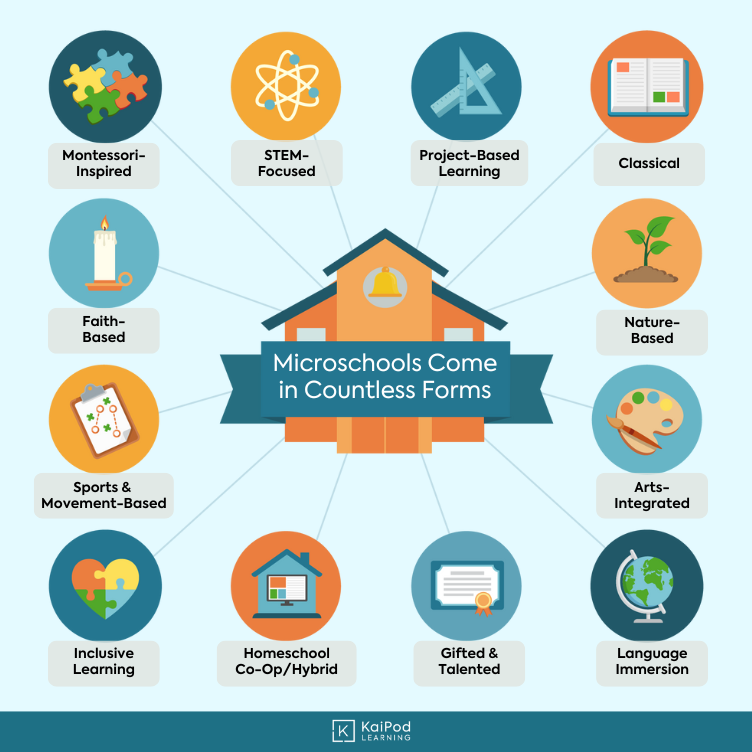
What Makes Microschools Different?
Microschooling is built on a simple truth.
Not all kids need to learn the same thing at the same time, sitting in rows of desks.
Microschooling isn’t about rigid rules or one-size-fits-all curriculum. It’s about creating an environment where curiosity leads, learning feels meaningful, and the journey becomes something families and educators get to experience together.
Students in microschools experience learning in a way that’s filled with wonder, purpose, and just a little bit of magic.
Finding the Right Fit for Every Student
Every child is unique, and their education should reflect that. Microschools offer flexibility, personal support, and a strong sense of community with flexibility in how, when, and what students learn.

Homeschooling
Homeschooling is like driving a family car. The parent is at the wheel and chooses the route, pace, and stops. They’re responsible for every turn.

Public/Private School
Traditional schooling is similar to public transportation. The route and schedule are fixed, and large groups take the same route. There’s less room for customization.
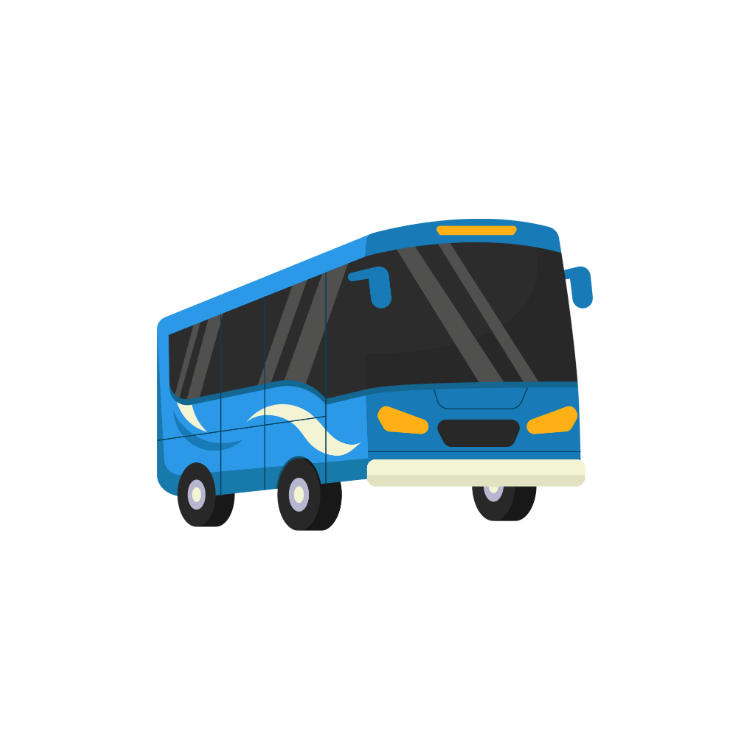
Microschooling
Microschooling is like a private tour bus. A trusted guide takes the lead, and multiple families share the ride. Everyone has input on the destination, but the guide handles the daily planning and driving.
Microschooling for Edupreneurs
Thinking about starting a microschool? Already run one? Explore our educator resources below for all things microschooling. Whether you’re just getting started or looking to grow, you’ll find tools, guides, and inspiration to support every stage of your journey.

Start a Nature School: A Guide For Embracing Outdoor Learning
Considering starting a nature school? This guide is a great place to begin.
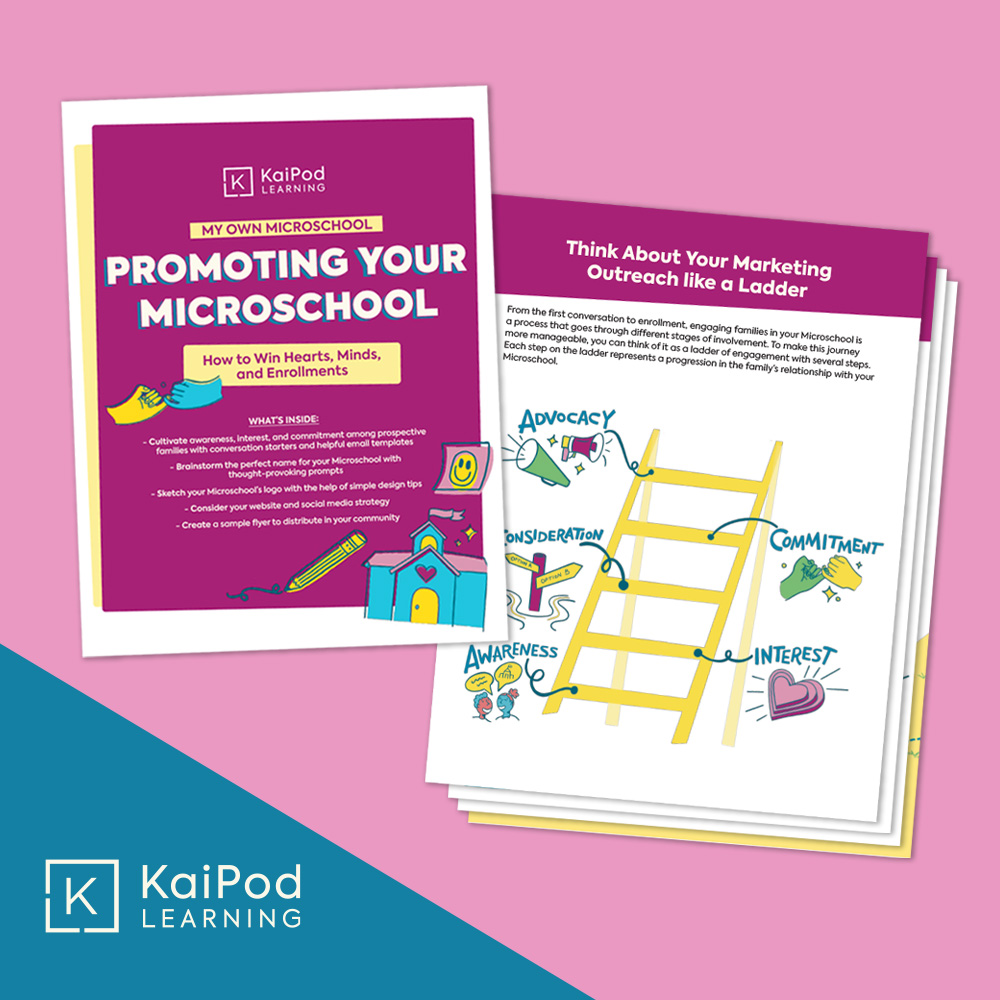
Promoting Your Microschool: How to Win Hearts, Minds, and Enrollments
Promoting your Microschool means spreading the word and building relationships. Get started with our guide.

Microschool Financial and Fundraising Guide
Financing your Microschool can feel overwhelming. Our guide can help.
Microschooling for Parents
Wondering what a microschool is, how it compares to homeschooling, and if it really works? Explore our guides to learn how microschools operate, how they differ from homeschooling and what makes microschooling so effective.
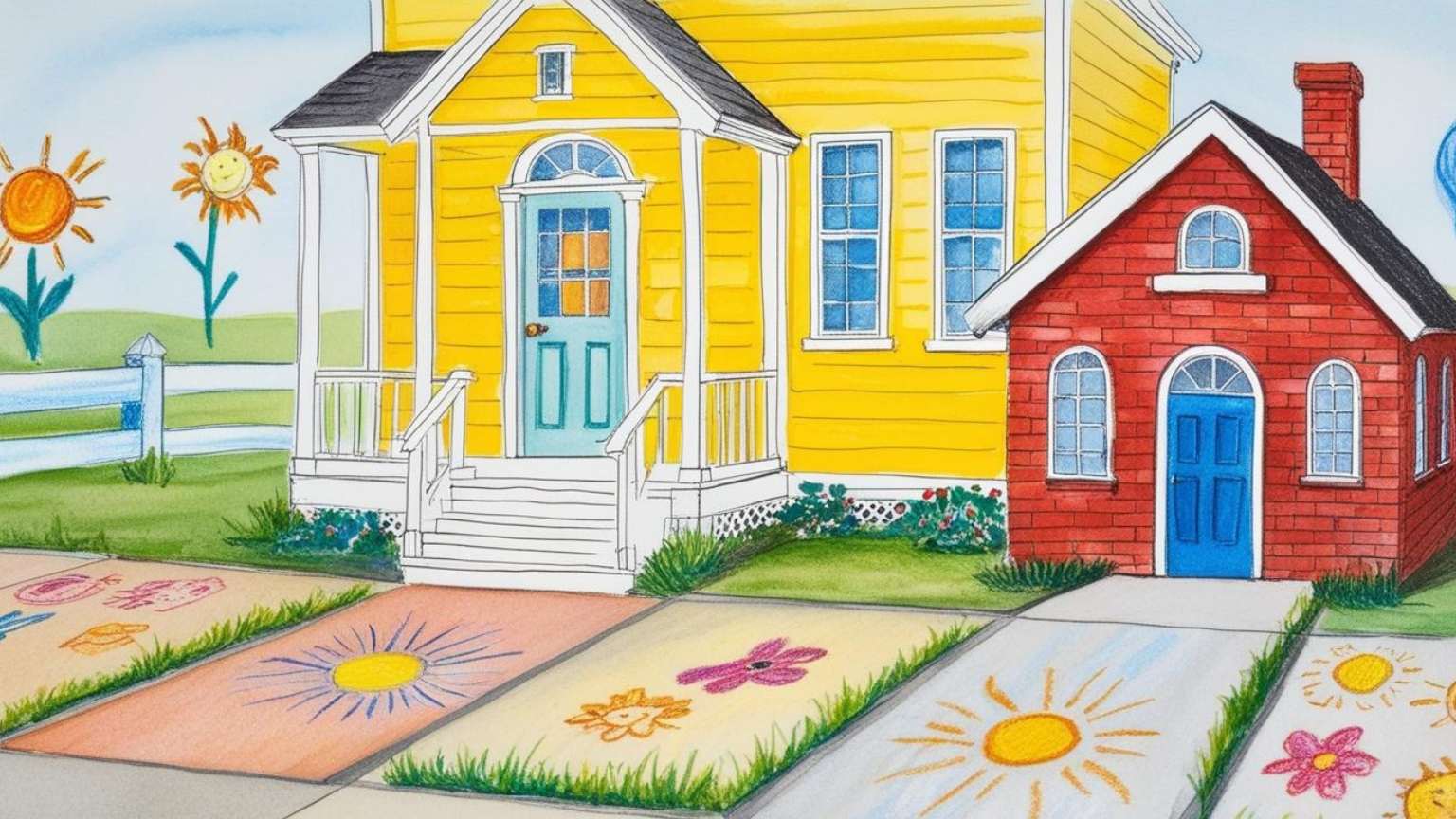
10 Key Differences Between Microschooling and Homeschooling
Curious about the differences between microschooling and homeschooling? Explore how they compare in teaching roles, curriculum, and community.

Could Your State Help Pay for Private School?
Millions of families qualify for Education Savings Accounts that can be used for tuition at private schools, microschools, and more.
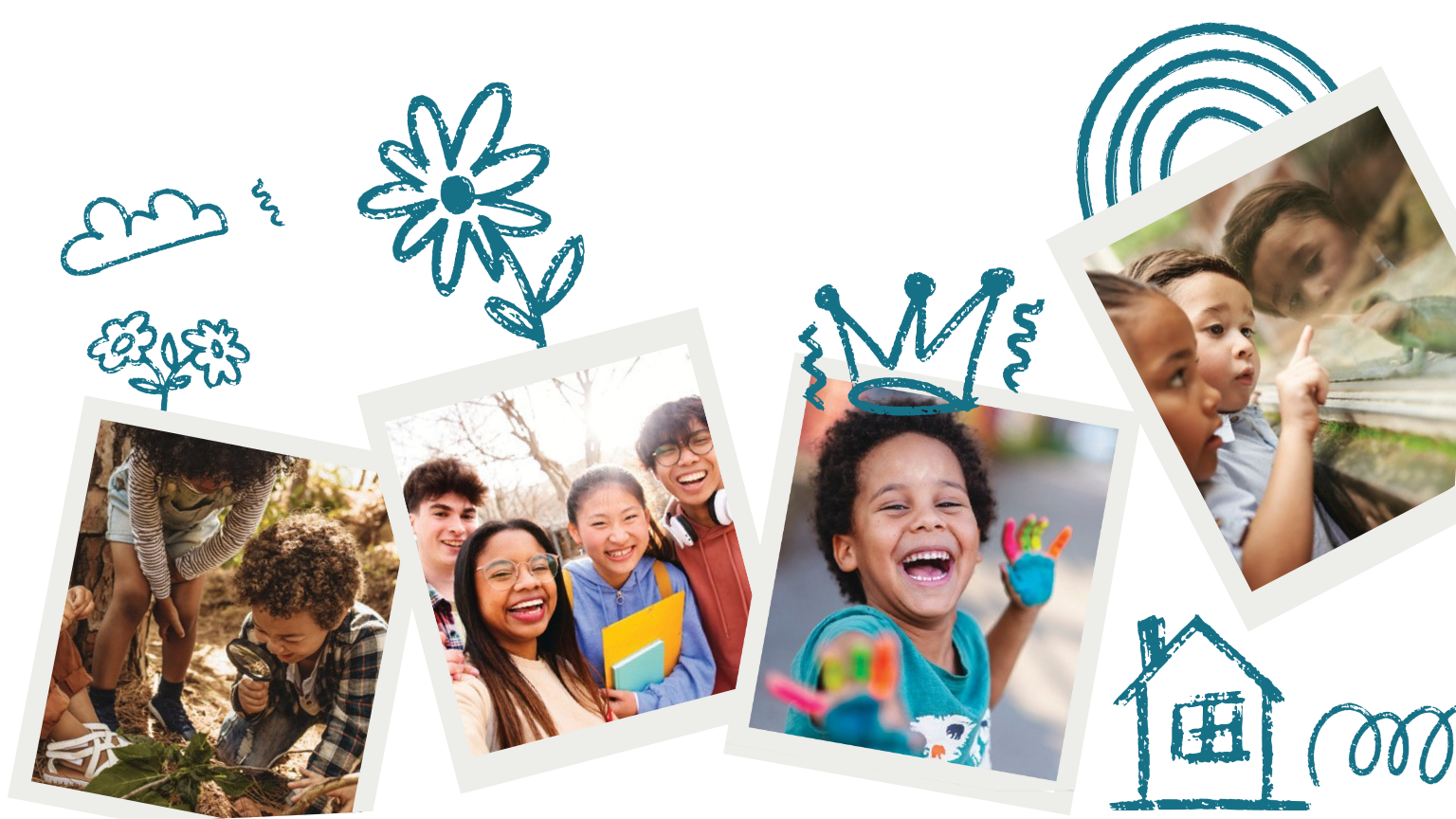
An Open Letter to Parents
Listen to that voice inside telling you it’s time for a change.
Frequently Asked Questions About Microschools
What is a microschool?
How much does a microschool cost?
What's the difference between a microschool and homeschool?
Are microschools accredited?
What ages/grades do microschools serve?
How do I find a microschool near me?
What curriculum do microschools use?
Can I start my own microschool?
Microschool News & Research
According to a recent poll by EdChoice, at least 10% of school parents say their child goes to a microschool. Although the format and definitions vary, their estimates suggest more than 2 million students attend microschools or learning pods. Below, you’ll find podcasts, news, and research on the growing microschooling movement.
Student estimates are based on the following definition from EdChoice:
Microschools are nontraditional, small learning environments in K-12 education typically enrolling no more than 25 students.
